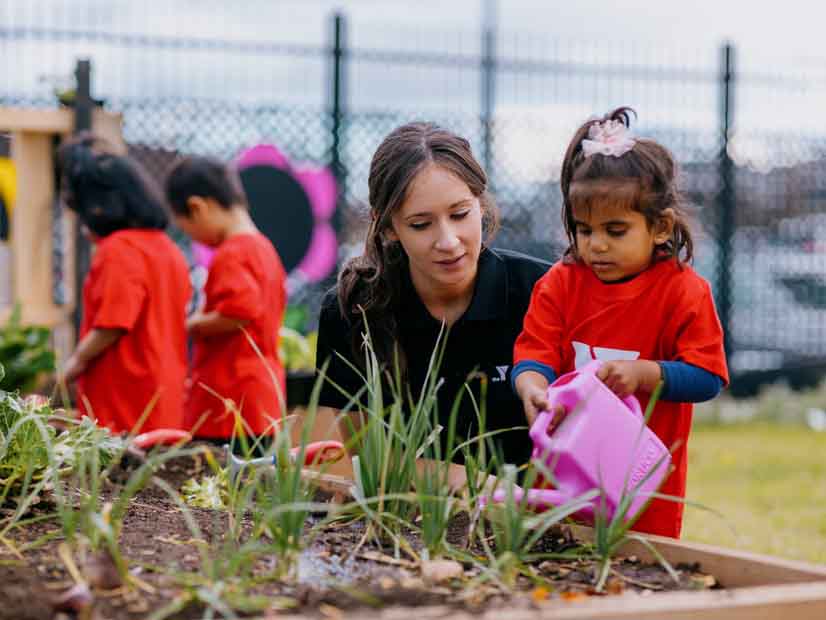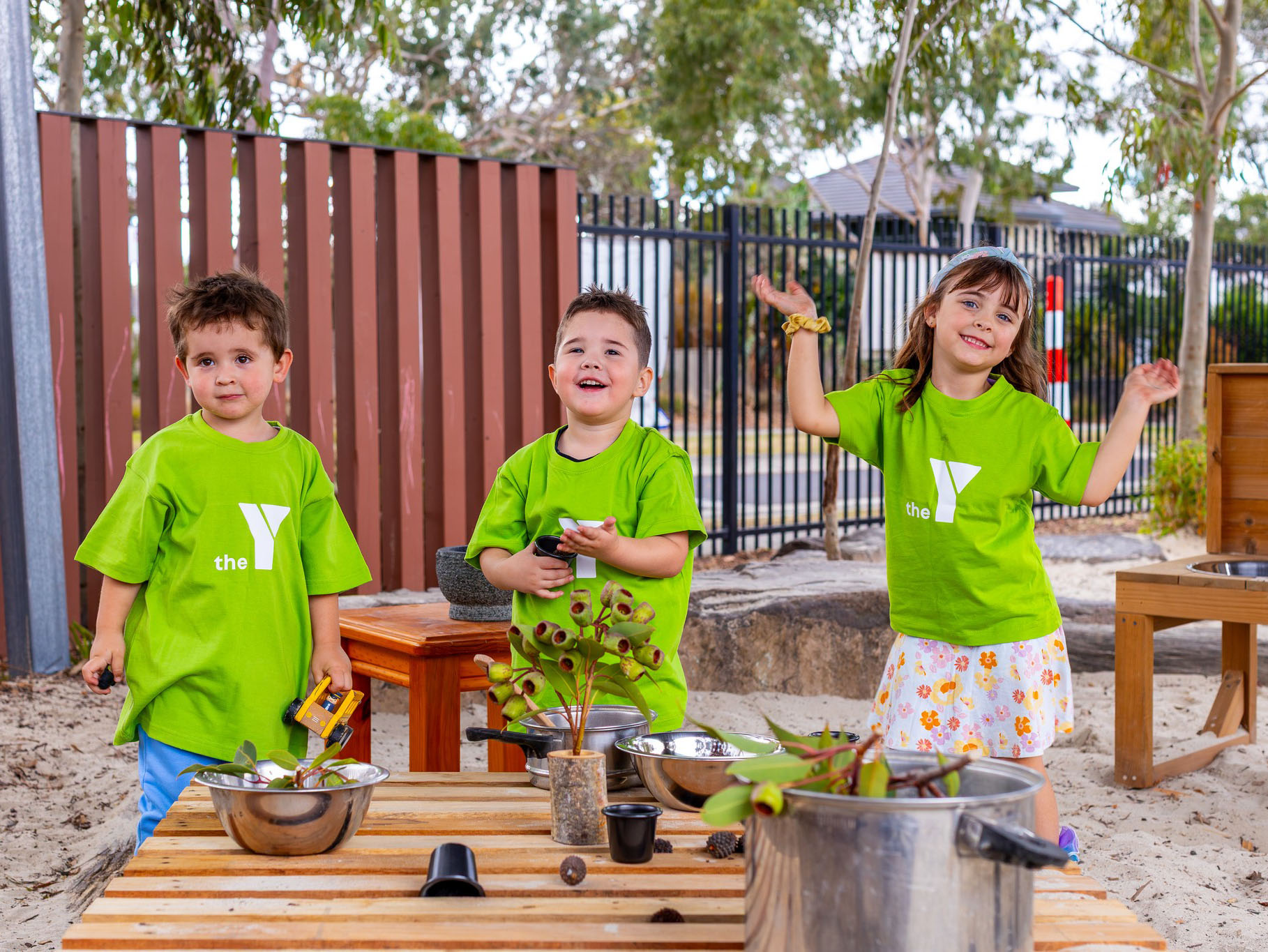Over 1.25 million Australian families may soon be able to benefit from cheaper child care. This comes as a result of the new Cheaper Child Care Bill which the federal Education Minister Jason Clare introduced in parliament earlier this week (Tuesday 27 September).
We explain what the bill is and what it means for families with children in early education and care.
What is Cheaper Child Care?
Cheaper Child Care is the informal name given to the Family Assistance Legislation Amendment (Cheaper Child Care) Bill 2022. The new legislation would help families save on the cost of child care so that parents, especially women, are able to go back to work.
The bill will reduce child care costs by increasing subsidies for families.
How much is the childcare subsidy?
Under the Cheaper Child Care Bill, the subsidy families receive will depend on their household income. The rate of subsidy reduces as household income increases.
For example, if you have a total household income of $75,000 a year, you will get a 90% child care subsidy for your first child in care. If you have a household income of $500,000 a year, you will receive a subsidy of seven percent.
Families who earn over a total of $530,000 a year will not be eligible for the child care subsidy.
What are the benefits for families?
Reduced child care fees
The government estimates that around 96% of families with children in early education and care will be financially better off. According to the proposed bill, the average Australian family earning a combined income of $120,000 will save $1,780 in the first year.
More accessible child care
Early education has many benefits for children. It’s an opportunity for them to socialise, try new things, improve their physical wellbeing and practice their literacy and numeracy skills. By making child care more affordable, more children will be able to access the benefits of early learning and care.
Parents can return to work
Many parents choose not to go back to work because of the high cost of child care. This has an even greater impact on women who are more likely to be in part-time work because of caring responsibilities. The bill aims to help women return to work, improving their economic security and providing better options for families.
Support for Indigenous families
The Cheaper Child Care Bill will provide additional support for Indigenous Australian families. Under the bill, Indigenous Australian families would receive a base level of 36 subsidised hours per fortnight.
What are the other benefits of Cheaper Child Care?
• By helping women go back to work or work more paid hours, the bill could provide the equivalent of 37,000 more full-time workers to help businesses, improve productivity and boost the economy.
• Large child care providers will need to report their financial information, which will improve transparency and help families understand where their child care fees are going.
• The bill will strengthen good governance requirements for child care providers.
• Early educators will receive a discount on child care fees for their children, which will help to retain and recruit staff in the early learning sector.
When does the Cheaper Child Care Bill start?
The new bill would take effect from the beginning of July 2023, but it must be passed first.
If passed, the federal Labour government’s bill will complement the Victorian Labour government’s commitment to providing cheaper child care. The Victorian government have recently announced their Free Kinder initiative for 2023, as well as their Kindergarten policy which will provide an extra year of funded free kindergarten for four year olds in 2025.
We will keep you updated with any developments that may affect you and your family.
Child care at the Y
We’re dedicated to delivering child care that supports your child’s development throughout their early years. Learn more about our child care programs and centres.



